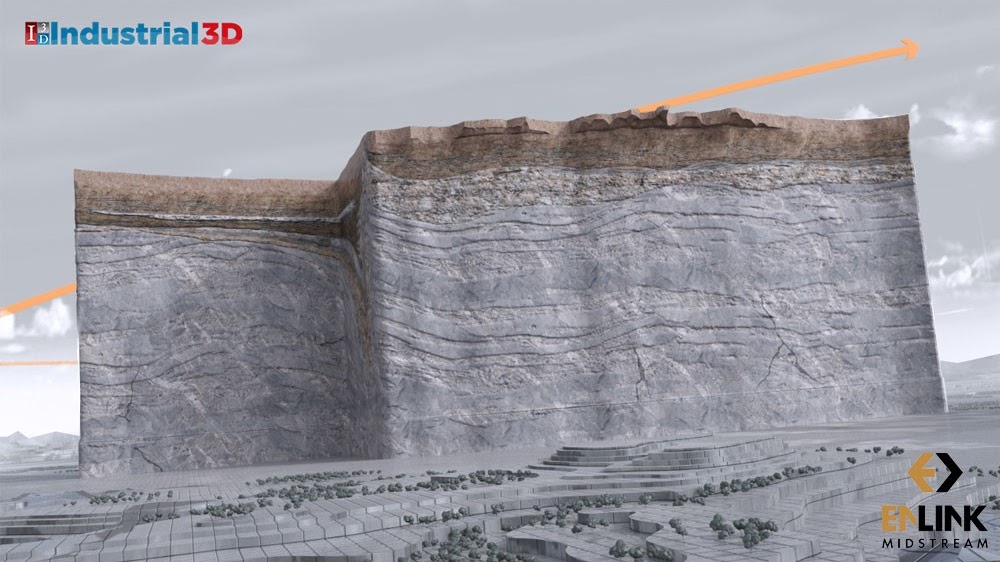Marketing Company
You can easily access it on any device using a web browser. Accounts are free of charge, but can be upgraded to unlock additional features and accommodate high-volume creation needs.
Unlock the potential of AI motion capture in real-time within your applications by utilizing a streamlined version of Animate 3D.
3D animation offers numerous benefits compared to traditional animation methods. It allows animators to craft surroundings, characters, and objects that possess a greater level of realism in comparison to 2D animation.



